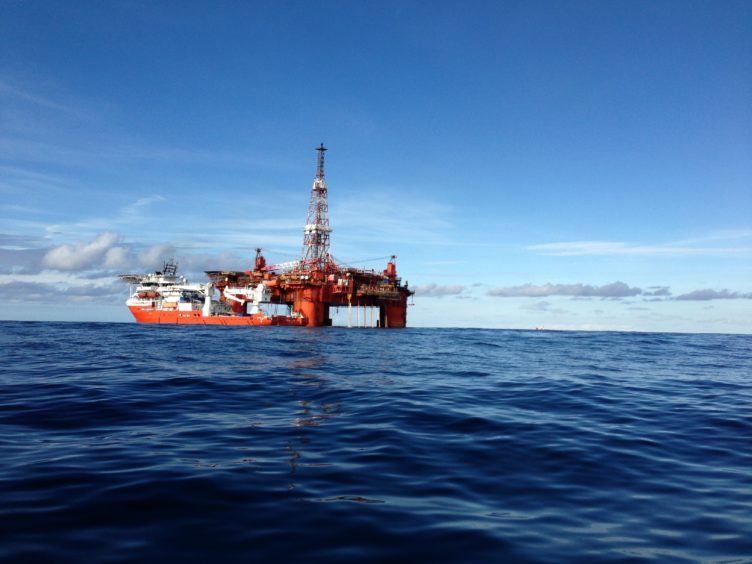
The dramatic fall in the oil price at the start of the year has accelerated decisions by some operators to move to cessation of production, with announcements from Premier on Balmoral and Enquest on Thistle, Heather, Deveron and Broom.
Consent from the Oil and Gas Authority (OGA) is required prior to ceasing production permanently from a field. To obtain consent, licensees have to show that all economic development opportunities have been pursued, including alternative uses, and that any infrastructure access considerations have been addressed.
Amendments proposed to the MER UK Strategy suggest an increasing focus by the OGA on alternative uses. For example, the OGA may have views on the method of decommissioning a pipeline to ensure that it remains potentially available for re-use in future for carbon capture and storage (CCS). Guidance on the consent process was published by the OGA in August 2019, including the standard economic template to be completed.
While cash flow shortages may force some operators to consider deferring decommissioning this can be an expensive decision – operating expenditure between COP and decommissioning is a significant part of the overall cost of the decommissioning phase. Even if physical decommissioning is postponed, the planning is certainly underway. Last year, the Department for Business, Energy and Industrial Strategy (BEIS) approved 22 decommissioning programmes. So far this year it has approved 16 and is considering another 21 draft programmes. Last year’s record looks likely to be surpassed.
So what is all this decommissioning activity costing? The OGA said in August that the total cost of UK offshore oil and gas decommissioning fell on a like-for-like basis in 2019 to £48 billion – that’s a total reduction of 19% compared with its 2017 baseline estimate of £59.7bn. However, the 2019 fall was only 2% so is the industry’s effort to meet the OGA’s ambition of reducing costs by at least 35% now stalling? Later in November we will see Oil & Gas UK’s latest annual Decommissioning Insight which may give us some clues as to the direction of travel.
The 2% cost reduction was apparently driven by improvements in planning and execution practices particularly in platform and subsea infrastructure removals in the northern North Sea and central North Sea. Several operators also made significant improvements in subsea well plugging and abandonment (P&A) costs, which represent 45% of the overall decommissioning spend, but those savings were offset by cost increases reported by other operators.
The OGA noted that these falls are not just on paper – cost reductions are evident in actual decommissioning expenditure, which in 2019 was £170 million lower than estimated the previous year. Although this was partly due to activity deferral, 70% was from actual cost reductions in live projects.
Companies wishing to understand how their own costs of decommissioning stack up against their peers can look at the OGA’s benchmarking study, published in September, which summarises cost performance on actual projects, rather than estimates of future spend, and presents those in an aggregated form. Figures are available for project management, post-COP running costs, platform and subsea well P&A costs and FPSO removal costs, subdivided by geography or size of project as appropriate. It seems likely that estimates will increasingly be validated by reference to these real costs and that those in the highest quartiles will be asked by the OGA in through its stewardship process to explain how they plan to improve future performance.
Where will the money for decommissioning come from? The majority of fields now have in place decommissioning security agreements (DSAs) under which each owner of an offshore platform or pipeline puts up security in the form of a letter of credit or parent company guarantee for its share of the estimated costs of decommissioning. If any one of them defaults, the other owners of the same asset are jointly and severally liable so this security gives them comfort that they will only have to pay their own share.
While many aspects of offshore regulation now rest with the OGA, environmental matters including approval of decommissioning programmes remain the responsibility of BEIS.
BEIS is also responsible for reviewing the financial strength of licensees and can require them to provide security if it is not satisfied that the decommissioning liabilities will be met.
Consultation on draft guidance on how BEIS approaches this issue of financial assurance closed in March 2019 and we have been expecting publication of final guidance since the end of last year but clearly the challenges of COVID have delayed final decisions by ministers on that guidance. We can assume, however, that the draft guidance reflects BEIS’ current processes. These include regular reviews, comparing BEIS’ estimate of decommissioning obligations against the net worth of companies on a field-by-field and UKCS wide basis, the net worth of groups of co-venturers on a field-by-field basis and corporate groups on a UKCS-wide basis.
If the decommissioning costs are more than 50% of the net worth on any of those calculations, BEIS is likely to look more closely at the arrangements in place to meet the costs and if, for any co-venturer, the ratio exceeds 70%, BEIS is likely to want so see some additional comfort in place, whether that is security or a parent company being made statutorily liable.
Statistics from the start of 2019 suggest that BEIS is holding at least £844m in security under nine DSAs.
The UK’s arrangements for decommissioning and for securing the costs of decommissioning have been and hopefully will remain flexible and pragmatic but given the change in composition of licensees from very large multinational companies to smaller independents it is inevitable and appropriate that there will be increasing focus on ensuring that the taxpayer does not at any point become liable for the costs of cleaning up our maturing basin.
Recommended for you
